Image Source = https://www.eagrovision.com/wp-content/uploads/2019/09/15632752926.jpg
GREENHOUSE GASES AND GLOBAL WARMING
Q. What are Greenhouse Gases?
Greenhouse gases are gases in Earth’s atmosphere that trap heat. They let sunlight pass through the atmosphere, but they prevent the heat that the sunlight brings from leaving the atmosphere. The main greenhouse gases are:
- Water vapor
- Carbon dioxide
- Methane
- Ozone
- Nitrous oxide
- Chlorofluorocarbons
Q. What is the Greenhouse Effect?
The greenhouse effect is a process that occurs when gases in Earth’s atmosphere trap the Sun’s heat. This process makes Earth much warmer than it would be without an atmosphere. The greenhouse effect is one of the things that makes Earth a comfortable place to live.
Q. How does the Greenhouse Effect work?
As you might expect from the name, the greenhouse effect works like a greenhouse. A greenhouse is a building with glass walls and a glass roof. Greenhouses are used to grow plants, such as tomatoes and tropical flowers. A greenhouse stays warm inside, even during the winter. In the daytime, sunlight shines into the greenhouse and warms the plants and air inside. At night time, it’s colder outside, but the greenhouse stays pretty warm inside. That’s because the glass walls of the greenhouse trap the Sun’s heat.
The greenhouse effect works much the same way on Earth. Greenhouse gases in the atmosphere, such as carbon dioxide, trap heat just like the glass roof of a greenhouse. During the day, the Sun shines through the atmosphere. Earth’s surface warms up in the sunlight. At night, Earth’s surface cools, releasing heat back into the air. But some of the heat is trapped by the greenhouse gases in the atmosphere. That’s what keeps our Earth warm.
Q. What contributes to Global Warming?
There are scientific evidences that human activities are causing global warming by generating more and more greenhouse gases. The main sources of global warming are:
- Burning of fossil fuels like coal and oils for electricity generation,
- Land-use changes (particularly deforestation),
- Agriculture and
- Transport.
Q. What are the effects of Global Warming?
Each year, scientists learn more about the consequences of global warming and many agree that environmental, economic and health consequences are occurring which will further intensify if current trends continue. Here’s just a smattering of what we look forward to:
- Melting glaciers, early snowmelt and severe droughts will cause more dramatic water shortages and increase the risk of wildfires.
- Rising sea levels will lead to coastal flooding.
- Forests, farms and cities will face troublesome new pests, heat waves, heavy downpours and increased flooding. All those factors will damage or destroy agriculture and fisheries.
- Disruption of habitats such as coral reefs and Alpine meadows could drive many plant and animal species to extinction.
- Allergies, asthma, and infectious disease outbreaks will become more common due to increased growth of pollen-producing ragweed, higher levels of air pollution, and the spread of conditions favorable to pathogens and mosquitoes.
What can we do to prevent Global Warming?
In order to prevent global temperatures from increasing more than 2 degrees above pre-industrial levels, current climate science suggests that atmospheric CO2 concentrations should not exceed 450ppm. This requires global emissions to decline to roughly 80% below 1990 levels by the year 2050. Such dramatic emissions reductions require a sharp move away from fossil fuel, significant improvements in energy efficiency and substantial reorganisation of our current economic system. This transition can only be achieved by far-reaching national and international climate policies.
[Contribution by: Brahmeshwar Kumar, Senior Manager (Environment)]
Refrences :
www.unfccc.int
www.ipcc.ch
www.carbonaction.co.uk
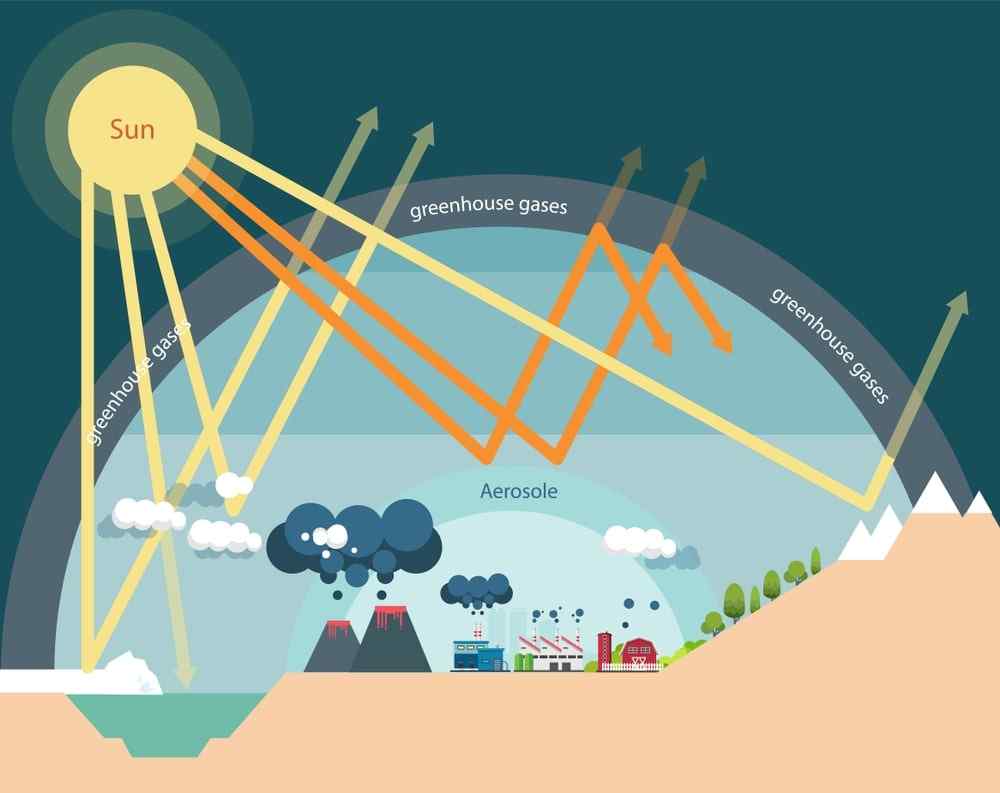






















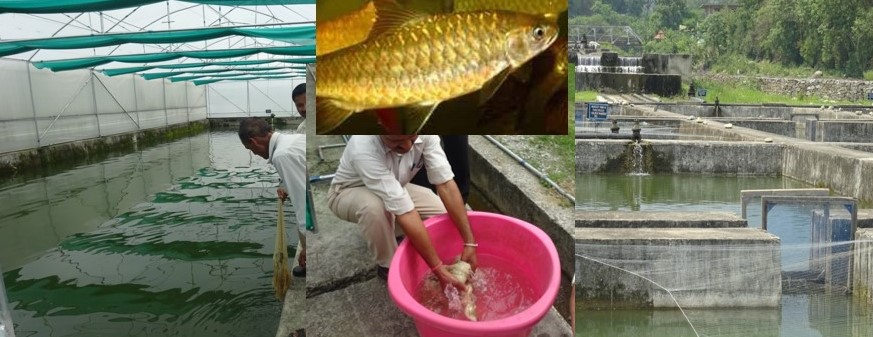






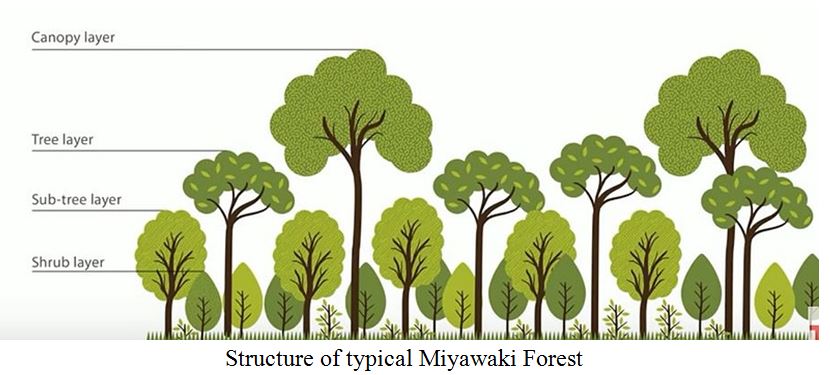
































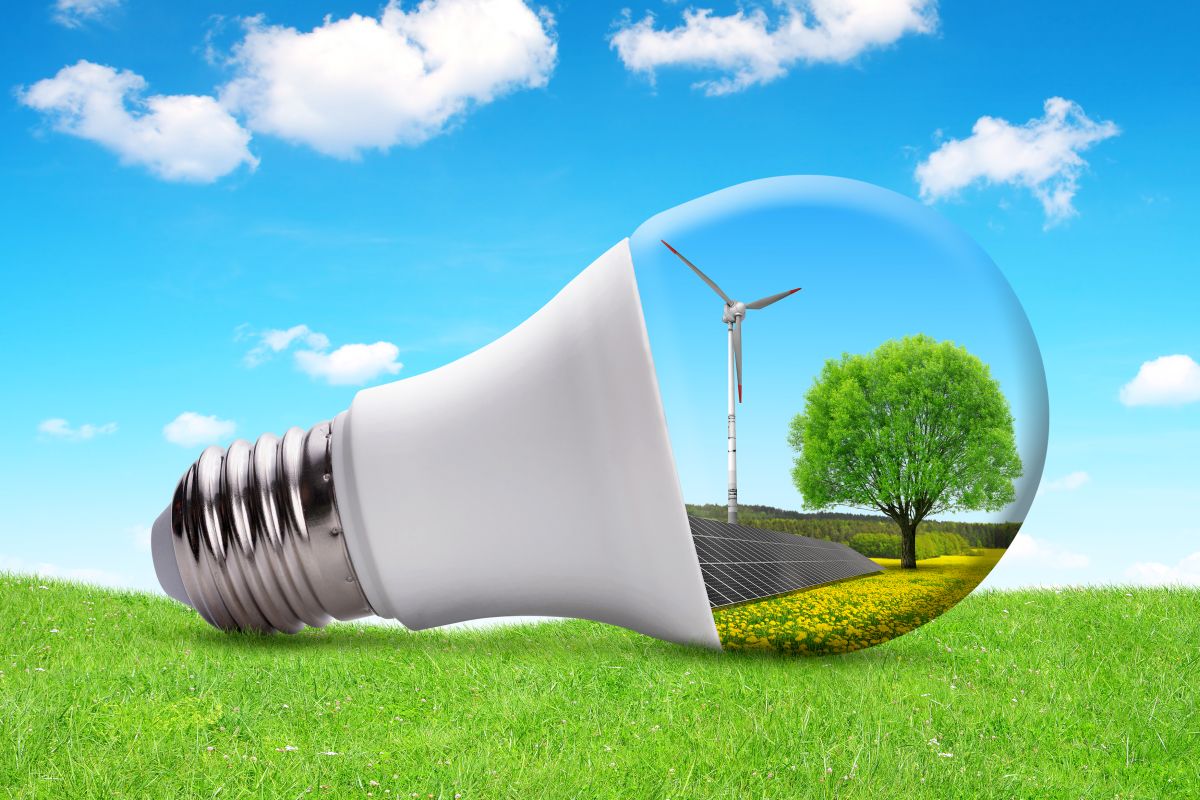

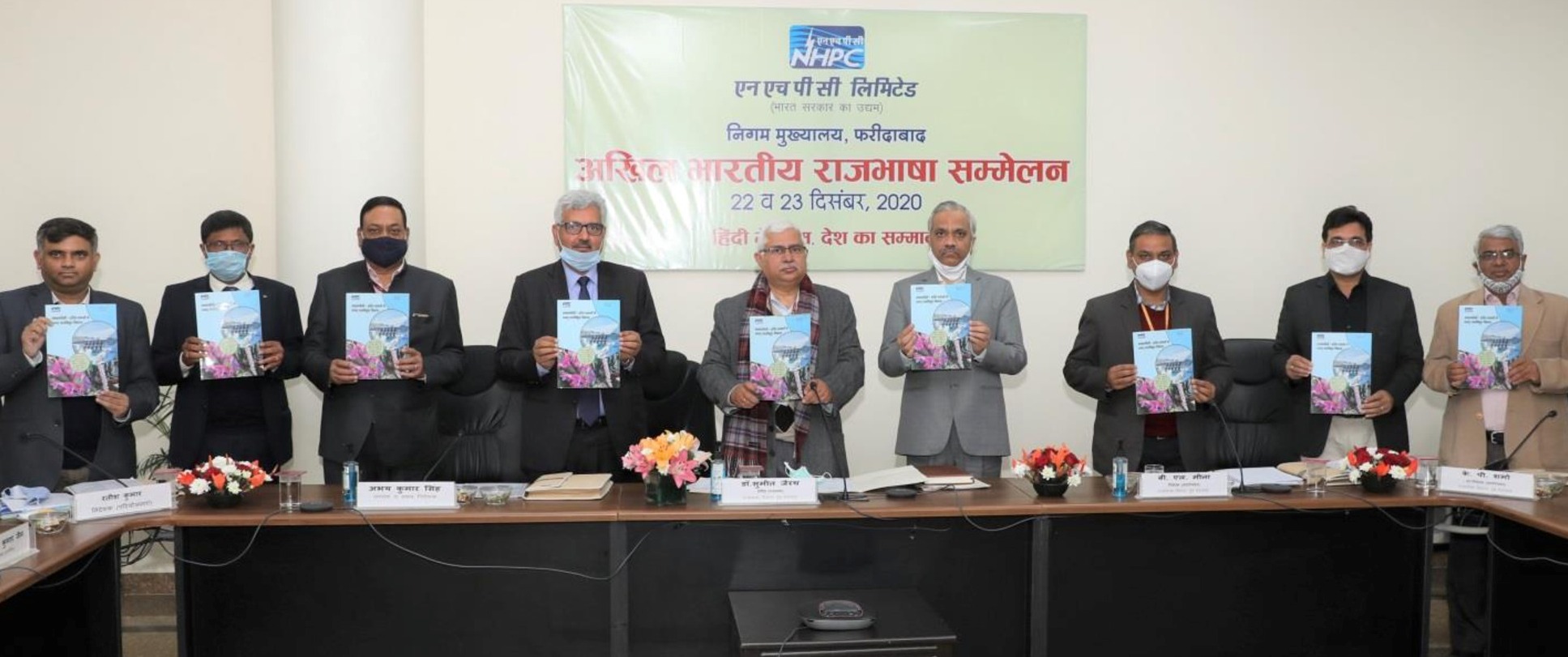


































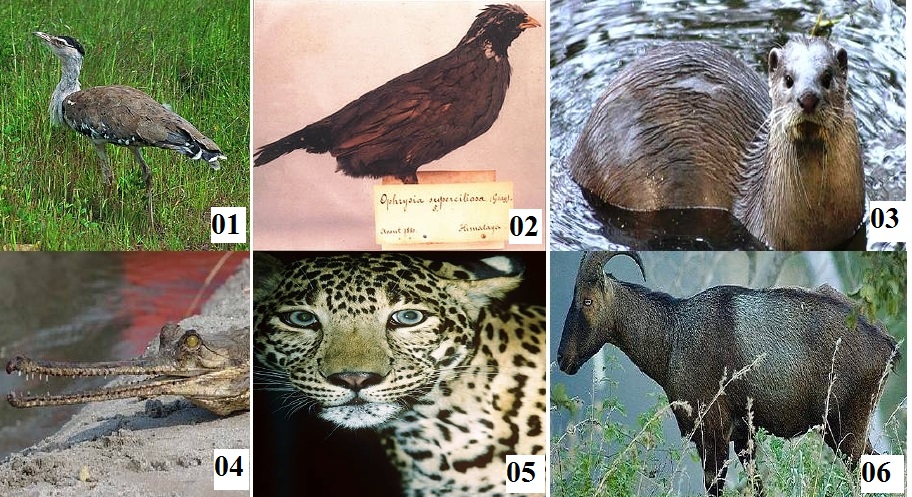

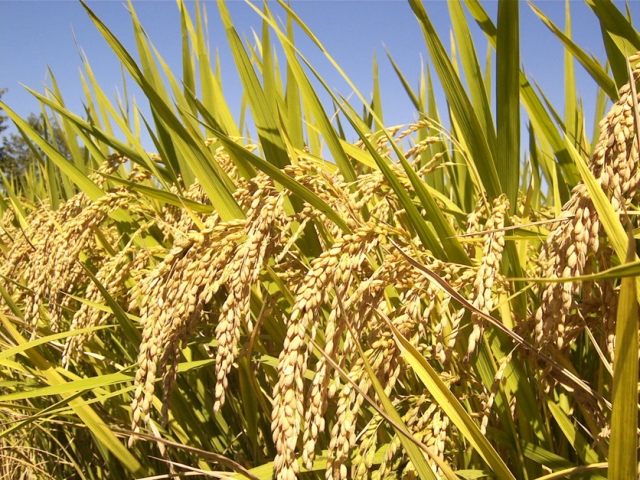



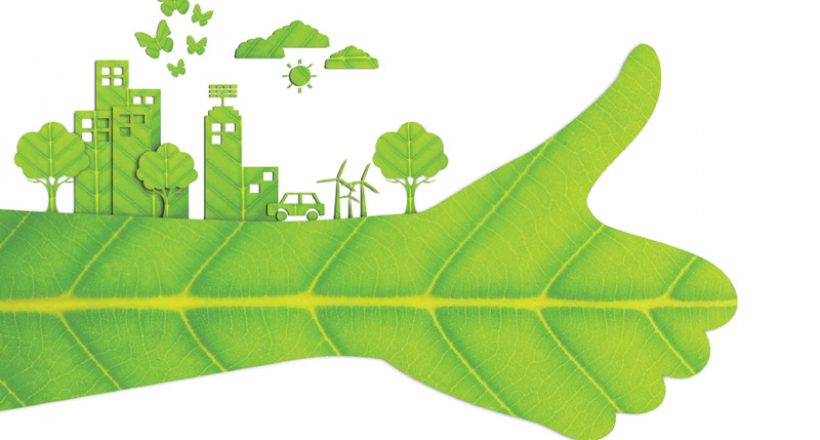
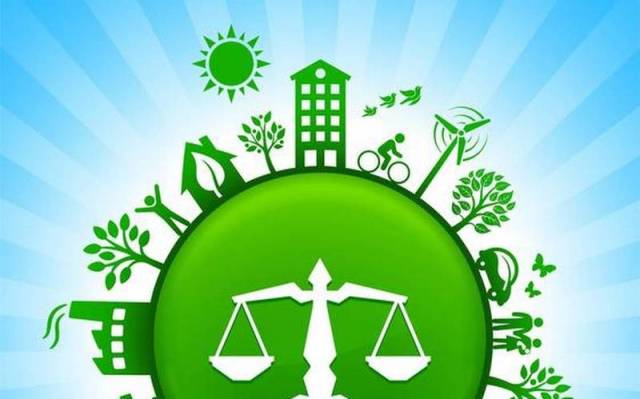











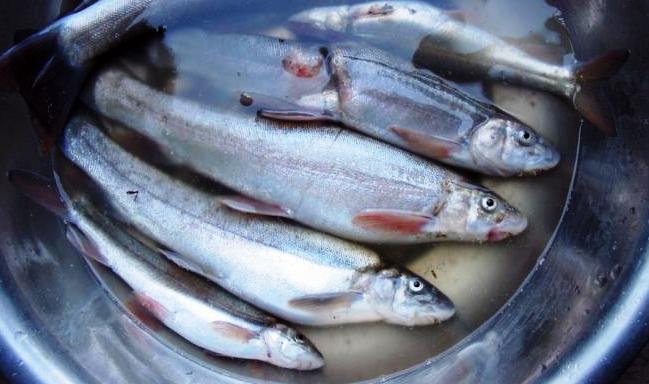

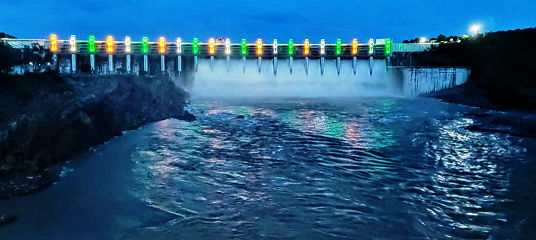


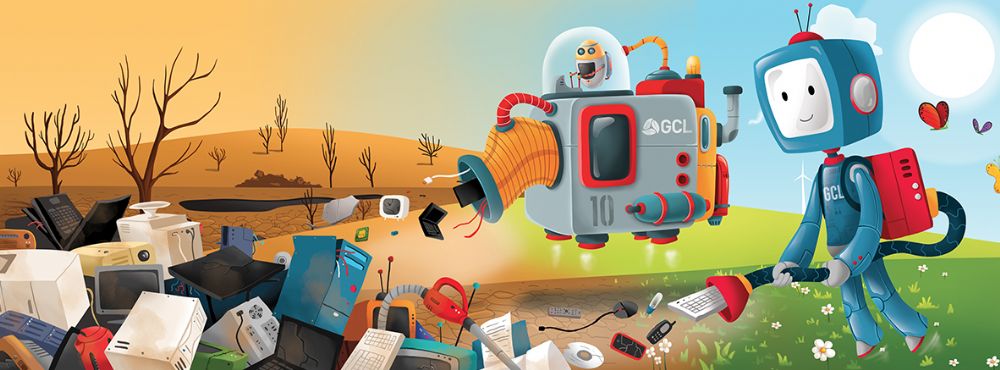



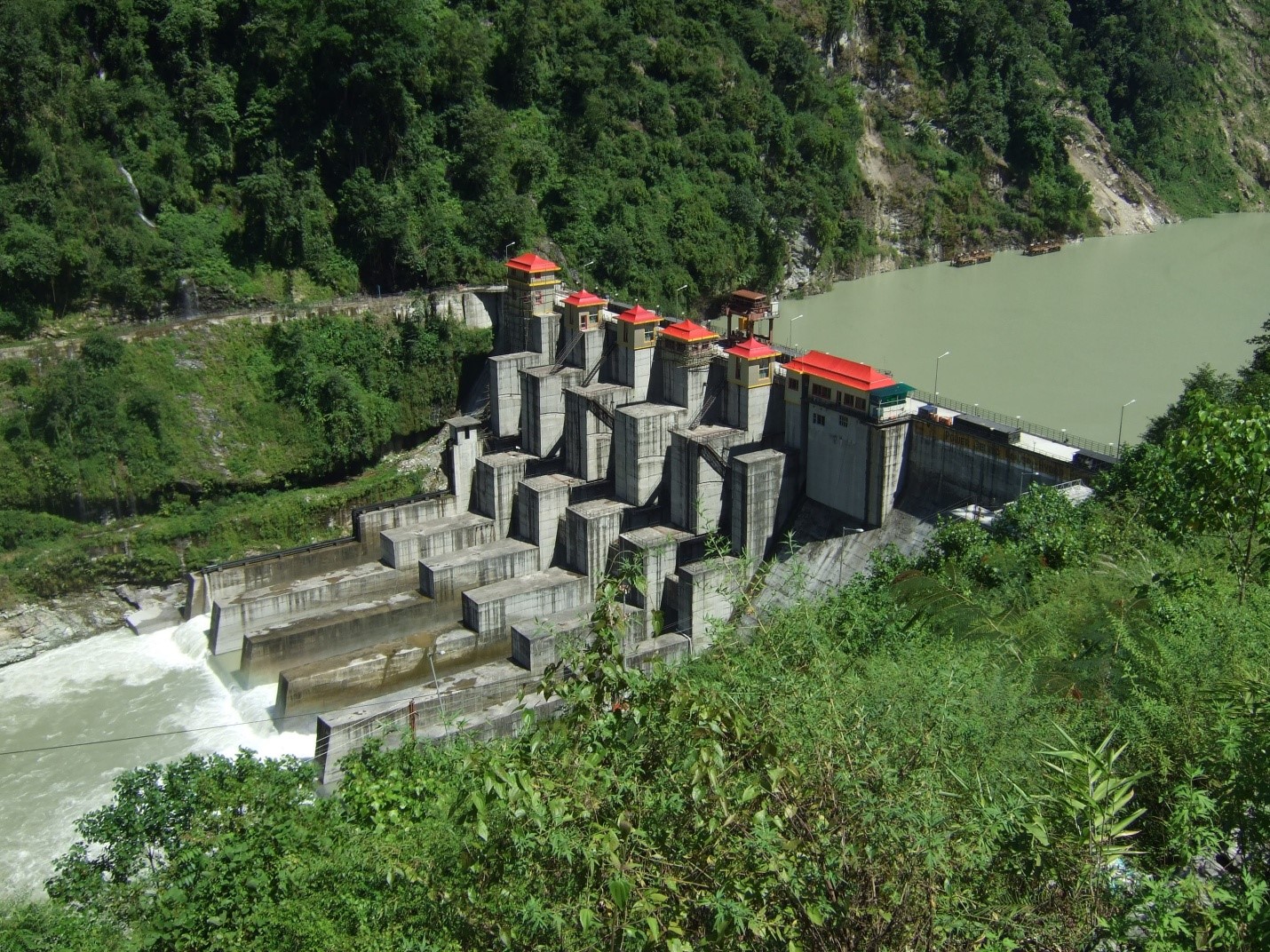








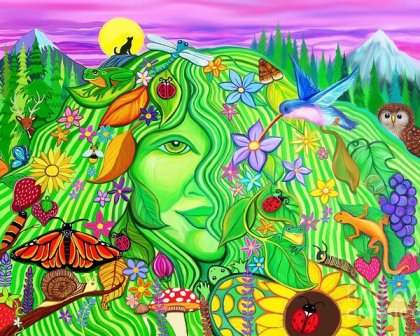


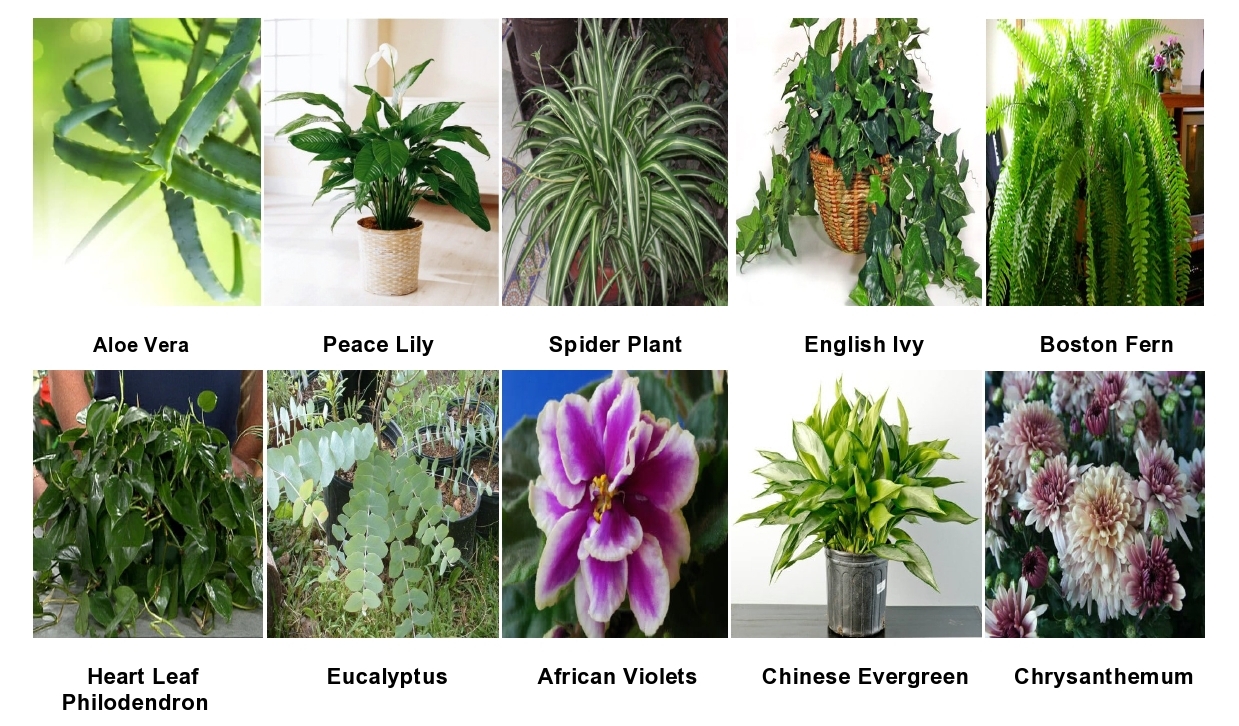
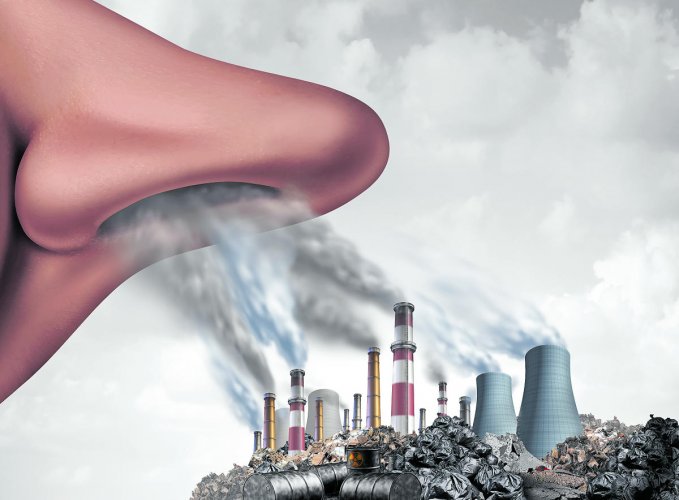








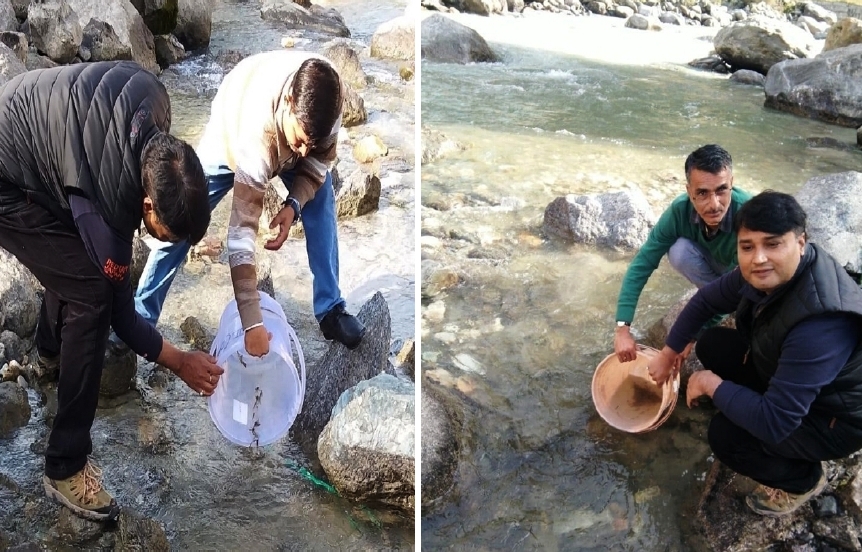





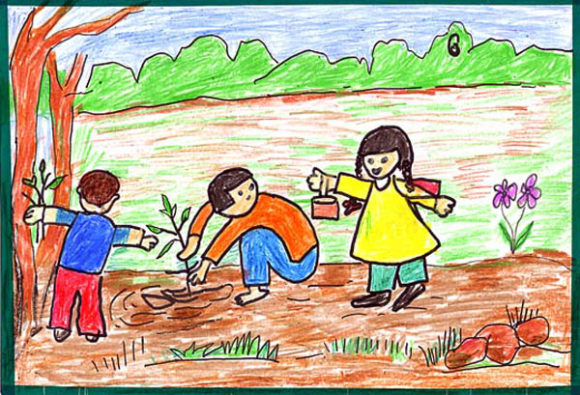



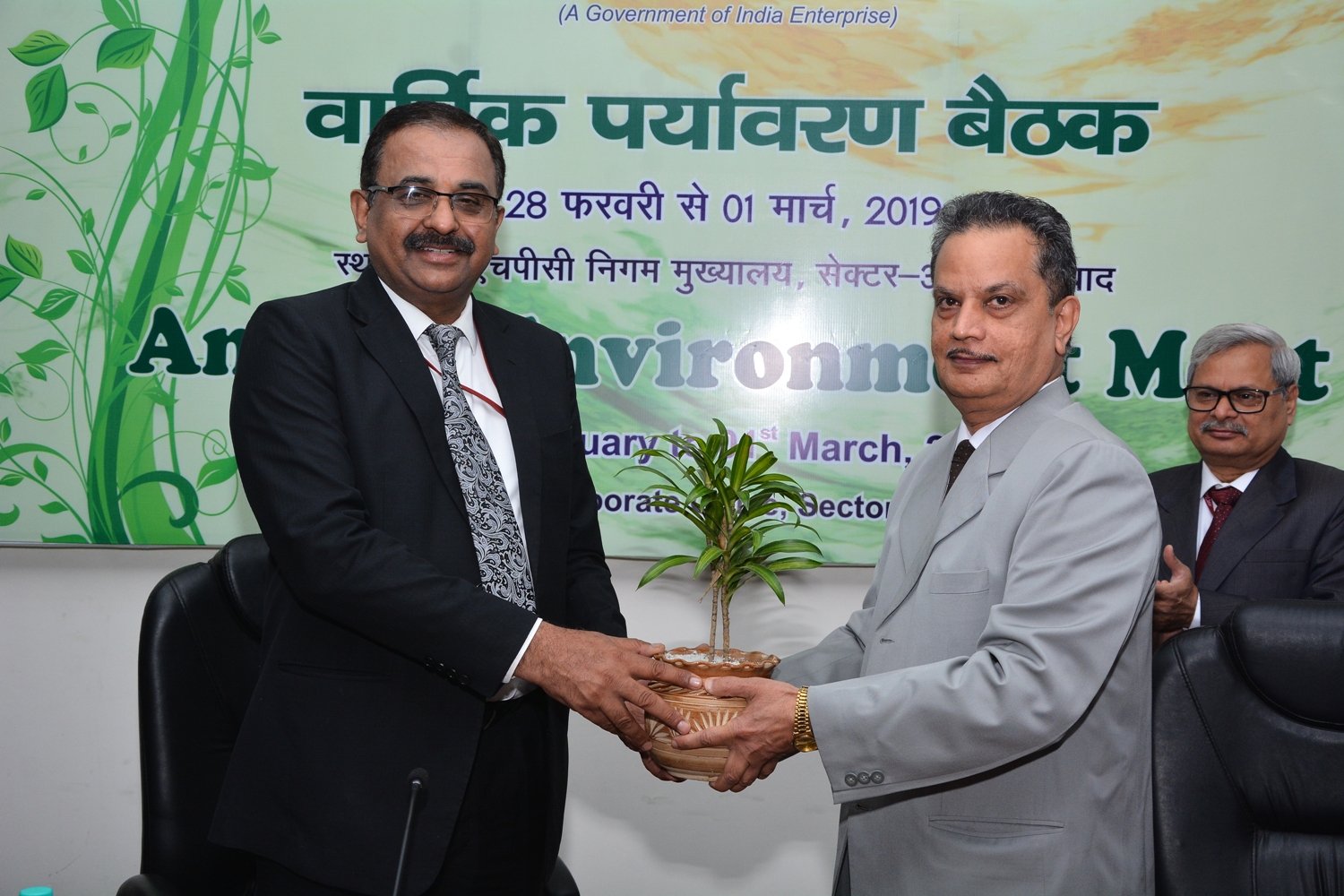











Leave a Reply